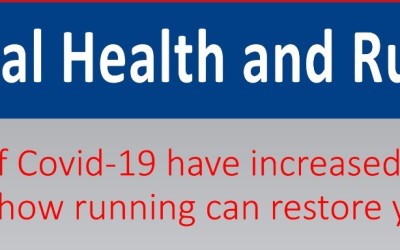S.W.E.A.T – ACSM’S Position Stands on Fluid Replacement
ACSM’S Position Stands on Fluid Replacement
The American College of Sports Medicine ( ACSM ) is the largest sports medicine and exercise science organization in the world. With more than 45,000 members and certified professionals worldwide, from around 90 countries around the world, ACSM is dedicated to advancing and integrating scientific research to provide educational and practical applications of exercise science and sports medicine.
ACSM regularly issues Position Stands which are official statements of ACSM on topics related to sports medicine and exercise science. As such these Position stands have a large level of authority and are excepted to be stridently followed by Sports professionals.
During the past 37 years, the ACSM has produced four different Position Statements pertaining to fluid ingestion and the prevention of heat injury during exercise (ACSM 1975; 1987; 1996a; 1996b). Each deals with a different aspect of fluid replacement.
In it’s first Position Stand issues in 1975, the simple advice was that athletes should “be encouraged to frequently ingest fluids during competition.”(ACSM 1975) Frequently was considered to be every 3 to 4 km in races of 16 km or longer, suggesting that fluid ingestion was of lesser importance in races less than 16 km. This advice was marked different from the wisdom that prevailed for more than 100 years that fluid ingestion should be completely avoided during exercise. It thus struck a path breaking note and the logic was to “reduce rectal temperature and prevent dehydration.”
The next Position Stand issued in 1987 made two statements.
– Fluid (water) consumption before and during the race will reduce the risk of heat injury, particularly in longer runs such as the marathon
– Dehydration will subsequently reduce sweating and predispose the runner to hyperthermia, heatstroke, heat exhaustion, and muscle cramps.
In 1996 the Position Stand on Exercise and Fluid Replacement (ACSM 1996a) did not state anything significantly new and extended the earlier claim that “most serious effect of dehydration resulting from the failure to replace fluids during exercise is impaired heat dissipation, which can elevate core temperature to dangerously high levels (i.e. greater than 40◦ C)” and also further “It is therefore reasonable to surmise that fluid replacement that offsets dehydration and excessive elevation in body heat during exercise may be instrumental in reducing the risk of thermal injury”
It is likely that the earlier Position stands that encouraged the replacement of fluids probably resulted in the pendulum swinging to the other extreme with athletes consuming too much water leading to hyponatremia ( water intoxication ) and its associated dangers. The Positon Stand thus reads, “ Excessive consumption of pure water or dilute fluid (i.e. up to 10 liters per 4 hours) during prolonged endurance events may lead to the harmful dilutional hyponatremia which may involve disorientation, confusion and seizure or coma”
To know more about ACSM visit http://www.acsm.org and all Postion Stands are searchable by following the link ‘Access Public Information’
Adapted largely from ‘Lore of Running’ by Tim Noakes





Leave a Reply